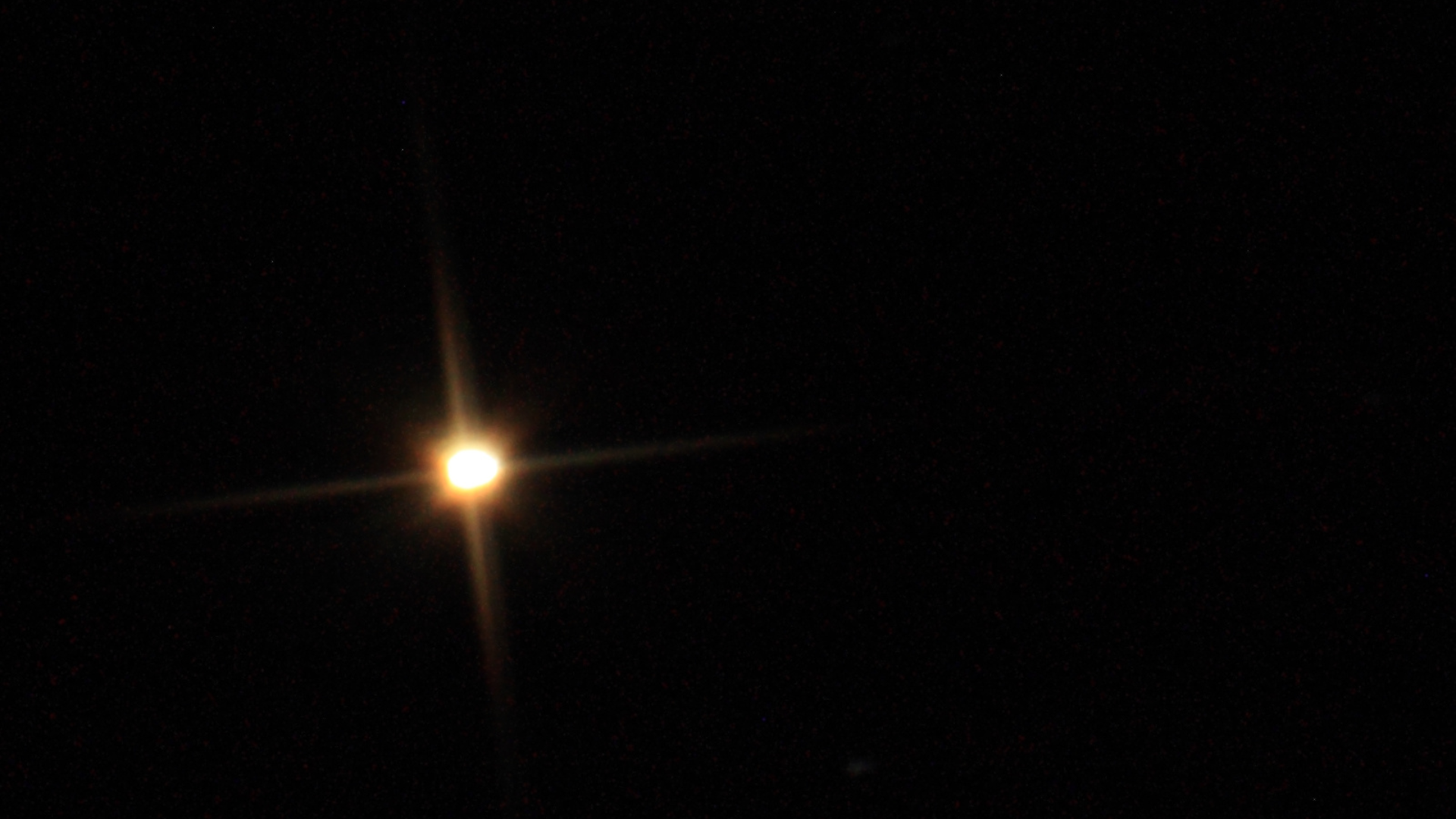Have you ever wondered what is the most fascinating star in the universe? If so, this article is for you. Betelgeuse is regarded as one of the most fascinating stars because it has a diameter that’s bigger than our own solar system, but it’s much cooler and dimmer. What other facts do you wonder about Betelgeuse?
The Fascinating Betelgeuse
The Betelgeuse is located in the constellation Orion and is known as a red supergiant. It is about 450 light-years from Earth and has a diameter of about 90,000 miles. The Betelgeuse is estimated to be about 4,200 times more luminous than our sun and has a mass that is 250 times greater.
How Big Is It?
The Betelgeuse star is also one of the largest. Betelgeuse is about 800 times larger than our sun and has a mass equal to about three suns. The Betelgeuse star is considered a red supergiant, which means that it’s nearing the end of its life and will eventually explode as a supernova.
What Does It Look Like?
Betelgeuse is one of the oldest and most massive stars in the universe. It’s also one of the brightest stars in the sky. This means that it’s easy to see from Earth. And because Betelgeuse is so bright, it also casts a significant shadow on the surrounding area. This star has also been known to give off intense bursts of energy. These bursts can last for several minutes or even hours. They typically happen when Betelgeuse is nearing the end of its life cycle. Overall, Betelgeuse is an impressive star system. If you ever have the chance to see it, don’t miss out!
Betelgeuse Facts
Betelgeuse is the red supergiant star that is currently in the middle of a spectacular stellar death match. Over the last million years, Betelgeuse has exhausted its supply of hydrogen and has turned to burn helium for fuel. This process has caused the star’s outer layers to swell and create a protoplanetary disk around it. The disk is full of dust and gas that are being drawn toward the central star by its intense gravitational pull. This process will ultimately result in the formation of a new star! When Betelgeuse reaches a certain point in its evolution, it will explode as an extraordinarily bright supernova. Until then, it will continue to release massive amounts of energy into space.
The Mystery of Betelgeuse’s Coloration
Scientists are still trying to figure out why Betelgeuse has such a different color than other stars. Theories range from the star being covered in a thick layer of dust and gas, to it having a different chemical composition. The mystery of Betelgeuse’s coloration was first brought to light by astronomer Heinrich Zollner in 1876. At the time, he was observing Betelgeuse with a spectrograph, which is a device used to analyze light and determine its composition. He noticed that the star appeared redder than other stars in the sky.
At first, Zollner thought that this difference might be due to atmospheric haze or interference from other objects in the sky. However, after further observation, he realized that this wasn’t the case – Betelgeuse’s redness was consistent no matter where he looked in the sky. In fact, it appeared to be one of only two stars with this particular color.
Since then, various theories have been put forward as to why Betelgeuse has such a unique coloration. One theory suggests that it might be due to an accumulation of carbon dioxide on its surface – something which has never been observed before in any other star! Others believe that Betelgeuse’s color could be caused by a material located near its core – something which has yet to be confirmed.
Could the Mystery of Betelgeuse be Solved?
The Orion Nebula is a star-forming region located in the Milky Way galaxy. It’s about 1,500 light-years from Earth and contains about 20 million stars. Betelgeuse is one of those stars.
Betelgeuse is one of the most fascinating stars in the universe because it’s one of the most active stars in our galaxy. In fact, it’s so active that its surface temperature can reach up to 4,000 degrees Celsius (7,200 degrees Fahrenheit). That means Betelgeuse is a perfect candidate for studying how supernova explosions create elements like carbon and nitrogen.
But what’s even more interesting is that scientists still don’t know what causes Betelgeuse to be so active. Some believe it might be linked to a black hole at its center, while others think it might be due to some sort of magnetic field. Nobody knows for sure why this particular star is so active, but it’s an incredible mystery that astronomers are working hard to solve!
